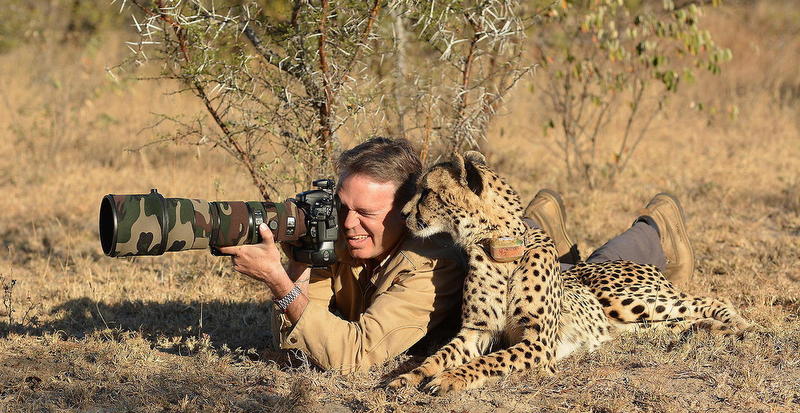Wildlife photography is an exhilarating and rewarding pursuit that allows photographers to capture the beauty and wonder of the natural world. However, working in the wilderness and close proximity to potentially dangerous animals requires careful consideration of personal safety. To ensure a safe and successful wildlife photography expedition, it is crucial for photographers to carry essential security gear and equipment. Here we will highlight some of the key items every wildlife photographer should have in their kit to stay protected while capturing stunning images.
- Protective Clothing:
Investing in high-quality, durable, and protective clothing is essential. Opt for lightweight yet robust materials that offer resistance against thorns, bites, and scratches. Long-sleeved shirts, pants, and sturdy boots provide a layer of protection against potential hazards encountered in the field.
- Insect Repellent:
Protecting oneself from insects, such as mosquitoes and ticks, is crucial, especially in areas prone to vector-borne diseases. A reliable insect repellent with a high concentration of DEET or other effective active ingredients is recommended. It’s wise to apply repellent before venturing into wildlife habitats, and it may need to be reapplied periodically.
- First Aid Kit:
Carrying a well-stocked first aid kit is vital in case of any injuries or emergencies. The kit should include items such as bandages, antiseptic wipes, adhesive tape, pain relievers, sterile gauze pads, tweezers, and any necessary prescription medications. Familiarize yourself with basic first aid procedures or consider taking a wilderness first aid course.
- Sun Protection:
Sunburn and heatstroke are common risks when spending prolonged periods in the field. Protect your skin by wearing a broad-spectrum sunscreen with a high SPF rating and reapplying it regularly. Additionally, wear a wide-brimmed hat, sunglasses, and lightweight, breathable clothing to shield yourself from harmful UV rays.
- GPS and Maps:
Navigating unfamiliar terrain is a challenge, and getting lost can be dangerous. Carry a reliable GPS device or smartphone app to help you stay on track and pinpoint your location accurately. It is also wise to carry detailed maps of the area, as technology may not always be reliable.
- Wildlife Deterrents:
Encounters with wildlife can be unpredictable, and it’s important to be prepared. Carry deterrents like bear spray, noise-making devices, or air horns to discourage any potentially aggressive animals. Be sure to familiarize yourself with local regulations and guidelines on wildlife encounters and how to responsibly handle them.
- Portable Lighting:
Wildlife photography often involves early morning or late evening shoots, which means working in low-light conditions. Carrying a compact and powerful flashlight or headlamp is essential for finding your way, setting up equipment, and ensuring personal safety during these times.
- Secure Camera Straps and Bags:
Protect your expensive camera gear by investing in secure camera straps and bags. Opt for straps that offer stability and comfort, keeping your camera easily accessible while minimizing the risk of drops or damage. Choose a sturdy camera bag with adequate padding and compartments to organize and protect your equipment during transportation.
- Emergency Communication Devices:
When working in remote areas, it’s important to have a reliable means of communication in case of emergencies. Carry a satellite phone, a personal locator beacon (PLB), or a two-way radio to ensure you can call for help if needed. Register your devices, familiarize yourself with their operation, and have spare batteries on hand.
Conclusion:
Wildlife photography is a thrilling and challenging pursuit, but it’s important to prioritize personal safety when working in the natural world. Carrying essential security gear and equipment is crucial for any wildlife photographer. They need to carry latest gun with 9mm ammo for self-defense in wild. From protective clothing and insect repellent to first aid kits and emergency communication devices, these items will help ensure a safer and more enjoyable experience in the field. By preparing yourself adequately, you can focus on capturing stunning images while minimizing potential risks and embracing the wonders of wildlife photography.







